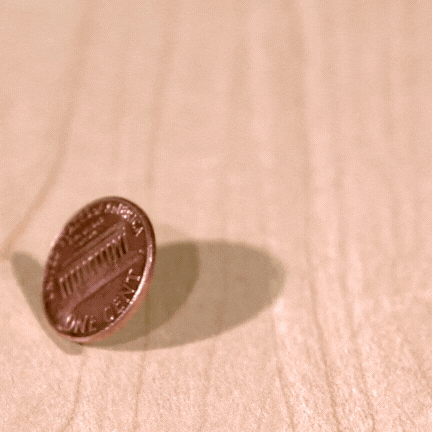Many people, including myself, like to purchase from fast fashion brands such as Shein, H&M, Zara, Fashion Nova, etc. But are they as perfect as we think they are?
What is fast fashion?
Fast Fashion is trendy and affordable clothes that are produced at a speedy manufacturing rate. While this seems like a great idea in theory, there are a lot of negative effects that come with these purchases.
Since fashion trends are always changing, the clothing that is bought from these stores cannot be worn for a long time, since they are designed for the current style. Also, most fast-fashion clothing items are poor quality and must be tossed in the trash quickly. This is not only annoying to deal with, but it is also extremely damaging to our environment.
When talking about the negative effects of fast fashion, Earth.org states, “According to an analysis by Business Insider, fashion production comprises 10% of total global carbon emissions, as much as the European Union. It dries up water sources and pollutes rivers and streams, while 85% of all textiles go to dumps each year.”
To continue to produce clothing that is in high demand, fast fashion brands have become one of the world’s highest polluters. These brands use microplastics that take hundreds of years to break down in their clothing. Earth.org states, “According to the documentary released in 2015, The True Cost, the world consumes around 80 billion new pieces of clothing every year, 400% more than the consumption twenty years ago. The average American now generates 82 pounds of textile waste each year.” Fast fashion brands also use an extreme amount of water and energy to create these clothes.
The environment is not the only thing that is at risk with these brands, Customers’ safety and security are also put in danger when shopping at these stores.
When asked why she doesn’t shop at fast fashion stores, Coral Springs High School senior Alexandra Gregorio said, “The reason I don’t shop on fast fashion websites is because I had a bad experience.” She goes on to explain how after she made her purchase on the popular online store Shein, the brand started continuously taking money out of her bank account. She later decided to give the brand another chance and she was stolen from yet again. The brand took over 1000 dollars from her bank account in total and now she is choosing to stay away from online shopping altogether.
Furthermore, to have the quick manufacturing that these stores need to succeed, they exploit workers who live in devolving economies. The workers who make the clothes for these brands are usually put in very dangerous work conditions and severely underpaid. Also, it has been confirmed that a lot of the factories use child labor to produce more clothing.
Why do people continue to purchase fast fashion clothing?
Because fast fashion provides so many different options, people are enticed to continue purchasing from these brands. From the affordable prices to the inclusive sizing, nobody considers the negative effects.
When asked why she likes to shop from fast fashion brands, Coral Springs High School substitute Ms. Fletcher said, “[because of] Convenience, variety in sizes and styles.”
One of the biggest contributing factors to fast fashion is trend culture. When a celebrity or influencer wears a piece of clothing, suddenly everyone has to have it, but unlike the trendsetters, ordinary people can’t spend hundreds of dollars on designer clothing items. This provides companies that produce fast fashion the perfect opportunity to create similar items for people on a budget to buy.
How could you stay on trend sustainably?
For the trendy dressers who are afraid of missing out, thrifting is an amazing alternative that is a lot better for the planet. An article by tru.earth states, “By embracing thrift shopping and second-hand buying, you’re actively participating in the reduction of waste, conservation of resources, and mitigation of environmental impact.” … “In a world where every individual choice matters, your decision to embrace thrift shopping contributes significantly to a greener future for our planet.”
Next time you are shopping at a fast fashion store, remember everything and everyone that was negatively affected in the process and consider the positive solutions that are available to you.







